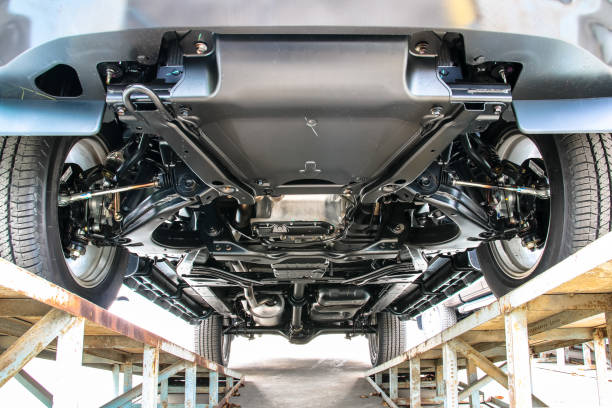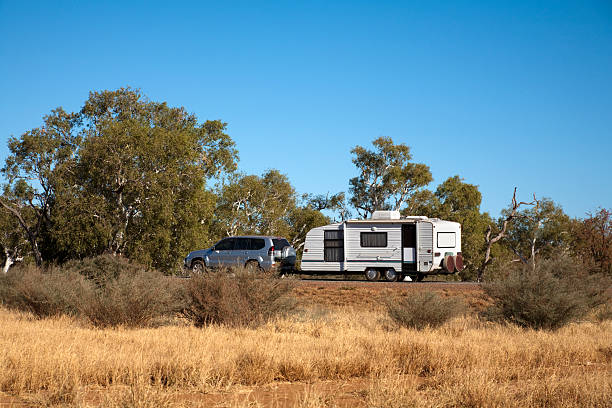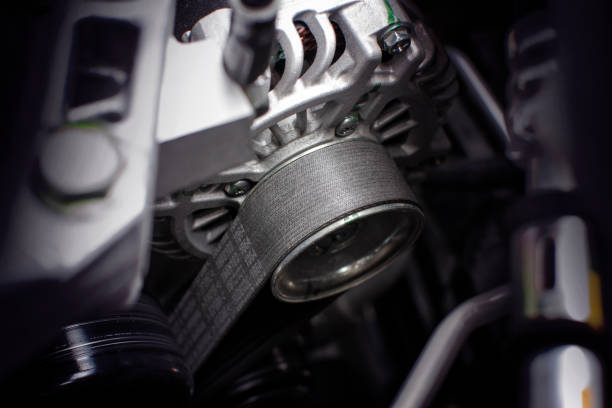
There are few things more frustrating than needing to replace a tire before the tread has worn completely. But when you take a look at the tire tread and notice that the inside is out of tread while the exterior still has plenty left, that’s exactly what you need to do.
But what causes inside tire wear, and how can you prevent it from happening in the first place? We highlighted the six most common reasons your vehicle might be experiencing quicker tire wear on the inside.
What Causes Inside Tire Wear
There are plenty of potential causes of inside tire wear. From neglecting tire rotations to improper alignments, we dove into each potential cause, how it affects tire wear, and how you can fix it here.
1. Neglecting Tire Rotations
Tire rotations are the single most important thing you can do if you want to maximize the life of your tires. Each tire is experiencing different conditions when they’re driving down the road depending on their position on your vehicle, which affects how they wear.
Just think about how the front tires turn and how this affects how much area they cover. It’s no surprise they’re wearing quicker than the rear tires!
Once you add in the braking forces applied to each tire, different suspension components, and everything else your vehicle has to throw at them, it’s on surprise they might start wearing faster on the inside.
The good news is the solution is simple. Just keep up with your tire rotations every 5,000 to 10,000 miles!
2. Improper Camber
Some people love the look of tires with camber, but this has two effects on tires. First, it reduces the amount of surface area they have. This makes you lose traction, which has adverse effects on performance.
Second, your tire will wear unevenly. Positive camber will have the outside of your tire wear quicker, where excessive negative camber will lead to your tiring wearing faster on the inside.
If you’re looking to keep your camber and get even tire wear, you’re out of luck. But if you’re looking to even out that tire wear, all you need to do is get rid of the excessive camber!
3. Faulty Toe Adjustments

Camber is just one of the ways you align your vehicle’s tires. Another adjustment you need to consider is toe. Toe refers to the direction your tires are facing. If the front of the tires don’t point directly towards the front of the vehicle and instead point a bit to each other, you have toe in.
Meanwhile, if they point slightly away from each other you have toe out. Both conditions can lead to tire chatter which produces uneven wear. Over time this can lead to the inside of the tire wearing faster than the outside.
Once again, the fix is pretty easy, just get your tires pointing straight ahead so you have a neutral toe!
4. Worn Ball Joints
Your vehicle’s ball joints help hold the hub in place by connecting them to the control arms. These components move some with road conditions, and to do this properly they need bushings. These bushings prevent metal on metal wear while still allowing the components to adjust to the road.
But if the bushing is busted then your vehicle won’t sit where it’s supposed to. When that happens, it can lead to the inside of your tire wearing faster than normal. Not only that, but it can wear down the hubs and the control arms. It’s a small component, but if you don’t get it fixed, it can lead to big problems.
5. Faulty Control Arm Bushings
While the bushing sits between the control arm and the hubs, and the control arm bushing sits directly in the control arm. This component also limits how much the control arm can move with road conditions. You shouldn’t feel every bump and scrape in the road, and your control arm bushings help with that.
But once again, when these components wear down, it can lead to uneven tire wear and other conditions. If you need new control arm bushings, don’t put it off, it’ll only lead to more necessary repairs if it’s left untreated.
6. Worn or Damaged Suspension Components
There are tons of different suspension components out there, and depending on what kind of suspension is on your vehicle can change the exact component that’s leading to uneven tire wear.
But no matter whether you have MacPherson struts or leaf springs, if the suspension is out of whack, you’ll need to get everything back under control to get your tires wearing properly again.
Final Thoughts

Uneven tire wear is frustrating, expensive, and completely unnecessary. If you’re still unsure about what’s causing your uneven tire wear after reading our guide, go ahead and have a mechanic take a look at it.
It’s an expense you don’t want, but if they can narrow down your problem and figure out what’s going on then they’ll end up saving you even more money on tires down the road. Not only that, but uneven tire wear means you’re at less-than-optimal traction and stopping power.
Don’t settle for tires wearing faster on the inside. Figure out what’s going on and get it under control!








